Tie game: Ancient bit of string shows Neanderthal handiwork
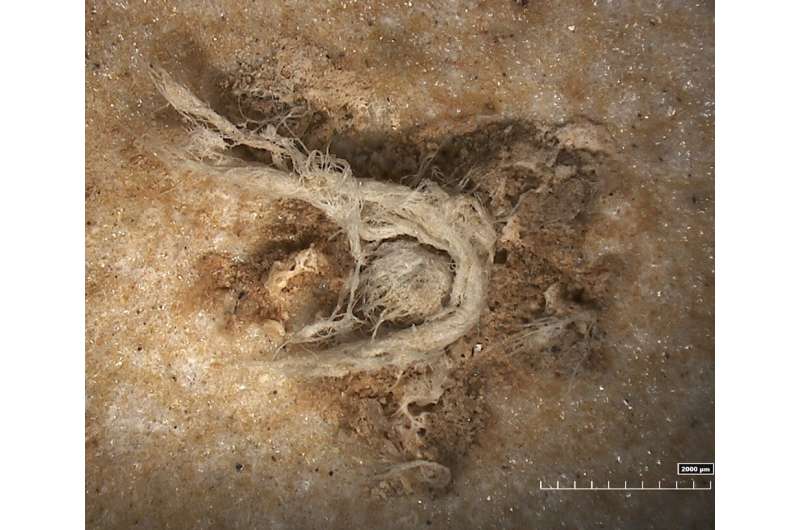
It looked like a white splotch on the underside of a Neanderthal stone tool. But a microscope showed it was a bunch of fibers twisted around each other.
Further examination revealed it was the first direct evidence that Neanderthals could make string, and the oldest known direct evidence for string-making overall, researchers say.
The find implies our evolutionary cousins had some understanding of numbers and the trees that furnished the raw material, they say. It's the latest discovery to show Neanderthals were smarter than modern-day people often assume.
Bruce Hardy, of Kenyon College in Gambier, Ohio, and colleagues report the discovery in a paper released Thursday by the journal Scientific Reports. The string hints at the possibility of other abilities, like making bags, mats, nets and fabric, they said.
It came from an archaeological site in the Rhone River valley of southeastern France, and it's about 40,000 to 50,000 years old. Researchers don't know how Neanderthals used the string or even whether it had been originally attached to the stone cutting tool.
Maybe the tool happened to fall on top of the string, preserving the quarter-inch (6.2 mm) segment while the rest perished over time, Hardy said. The string is about one-fiftieth of an inch (0.55 mm) wide.
-
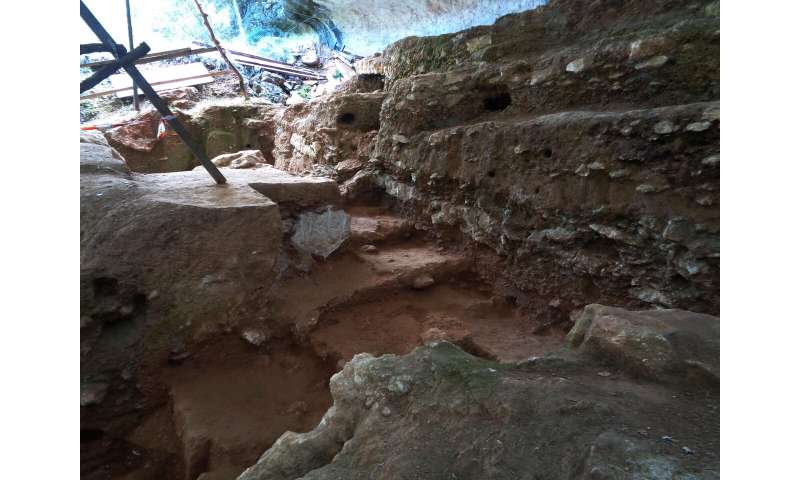
Excavation of Abri du Maras. Credit: M-H. Moncel -
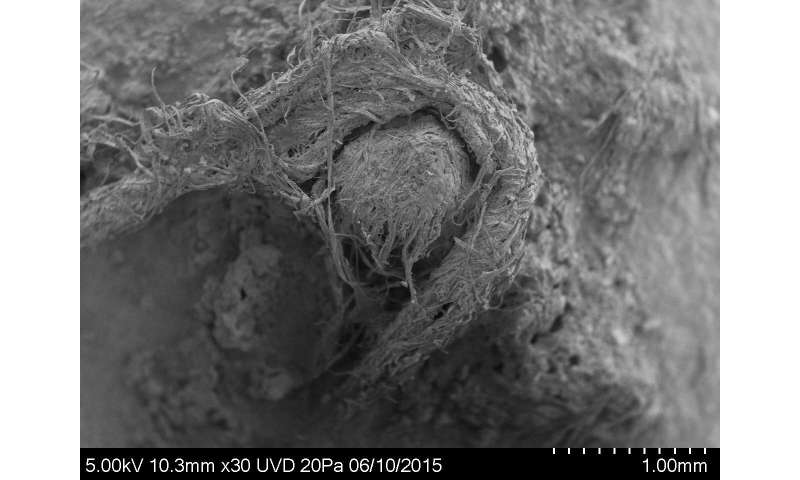
SEM photo of Neanderthal cord from Abri du Maras. Credit: M-H. Moncel -
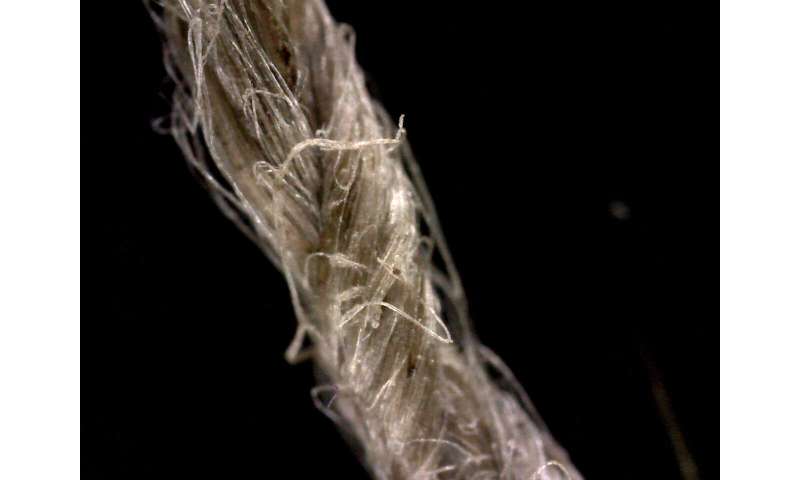
Close-up of modern flax cordage showing tisted fibre construction. Credit: S. Deryck -
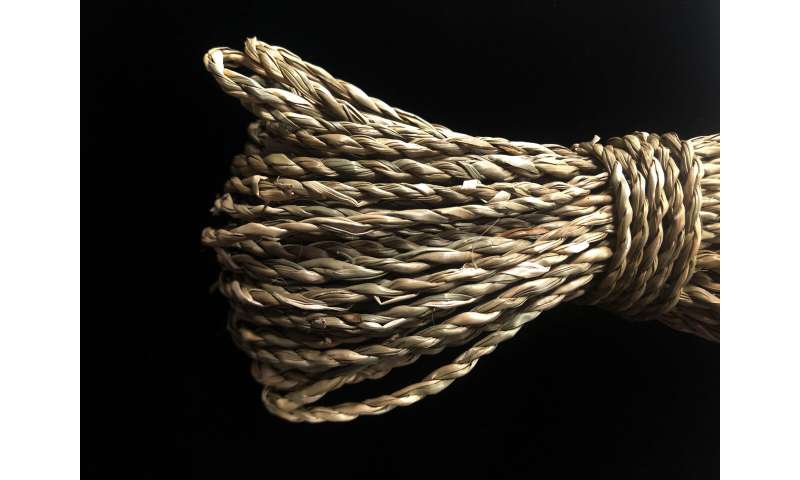
Modern cordage made from grass. Twisted fibres can form the basis of rope, nets, fabric, and clothing. Credit: B. Hardy
It was made of fiber from the inner bark of trees. Neanderthals twisted three bundles of fibers together counterclockwise, and then twisted these bundles together clockwise to make the string. That assembly process shows some sense of numbers, Hardy said.
Paola Villa, a Neanderthal expert at the University of Colorado Museum who was not involved in the new study, noted that Hardy had previously found "tantalizing evidence" for string-making by Neanderthals. The new work now shows that directly, she said.
More information: Direct evidence of Neanderthal fibre technology and its cognitive and behavioral implications, Scientific Reports (2020). DOI: 10.1038/s41598-020-61839-w , www.nature.com/articles/s41598-020-61839-w
Journal information: Scientific Reports
© 2020 The Associated Press. All rights reserved. This material may not be published, broadcast, rewritten or redistributed without permission.
















